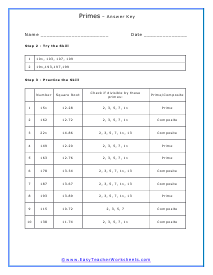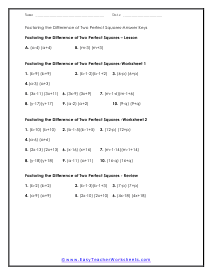Factoring is basically a verb that tells us that we need to find the factors of base of the problem we are presented with. In some cases we will be asked to expand number sets, this is the opposite of factoring. When factoring we are often looking for the highest level of commonality between numbers or number sets. Factoring is a process in which an expression is converted into a multiplication problem to find its factors. Factors are any number or expression that divides another number or expression evenly, with no remainders. Factors help us learn how to quickly divide something evenly. Ever have a situation where you and your friends are starving, and the pizza arrives? You all want as many pieces of pizza as possible, but how do you equitably share all the slices. This is right in factorings wheelhouse. Want to be able to make change quickly and easily, guess what skill comes in handy again? Factoring also helps you quickly compare unit prices and figure the best buy at the supermarket. Although these days the unit price is available in most regions of the world, so the factoring is already done for you.
These worksheets and lessons will help you quickly learn many different applicable skills. Your students will learn the following factoring skills: factoring the difference of perfect squares; factoring expressions and equations; finding factors of numbers; determining least common multiples and greatest common factors; discovering prime factors, the difference between primes and composites; how to rewrite expressions using factoring; determining common factors in binomial and trinomial expressions; how to use properties such as the distributive; applying factoring to real-world problems.














